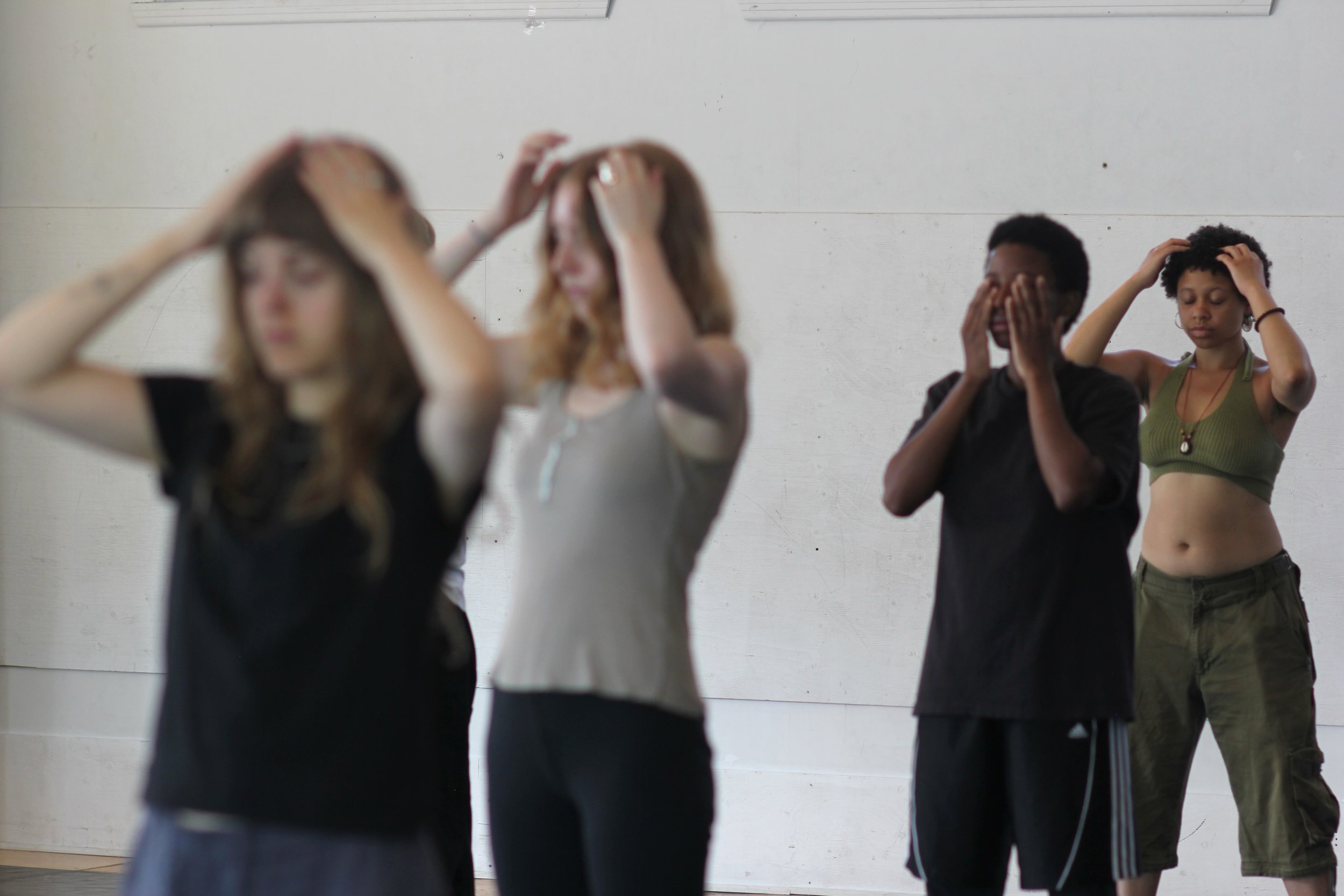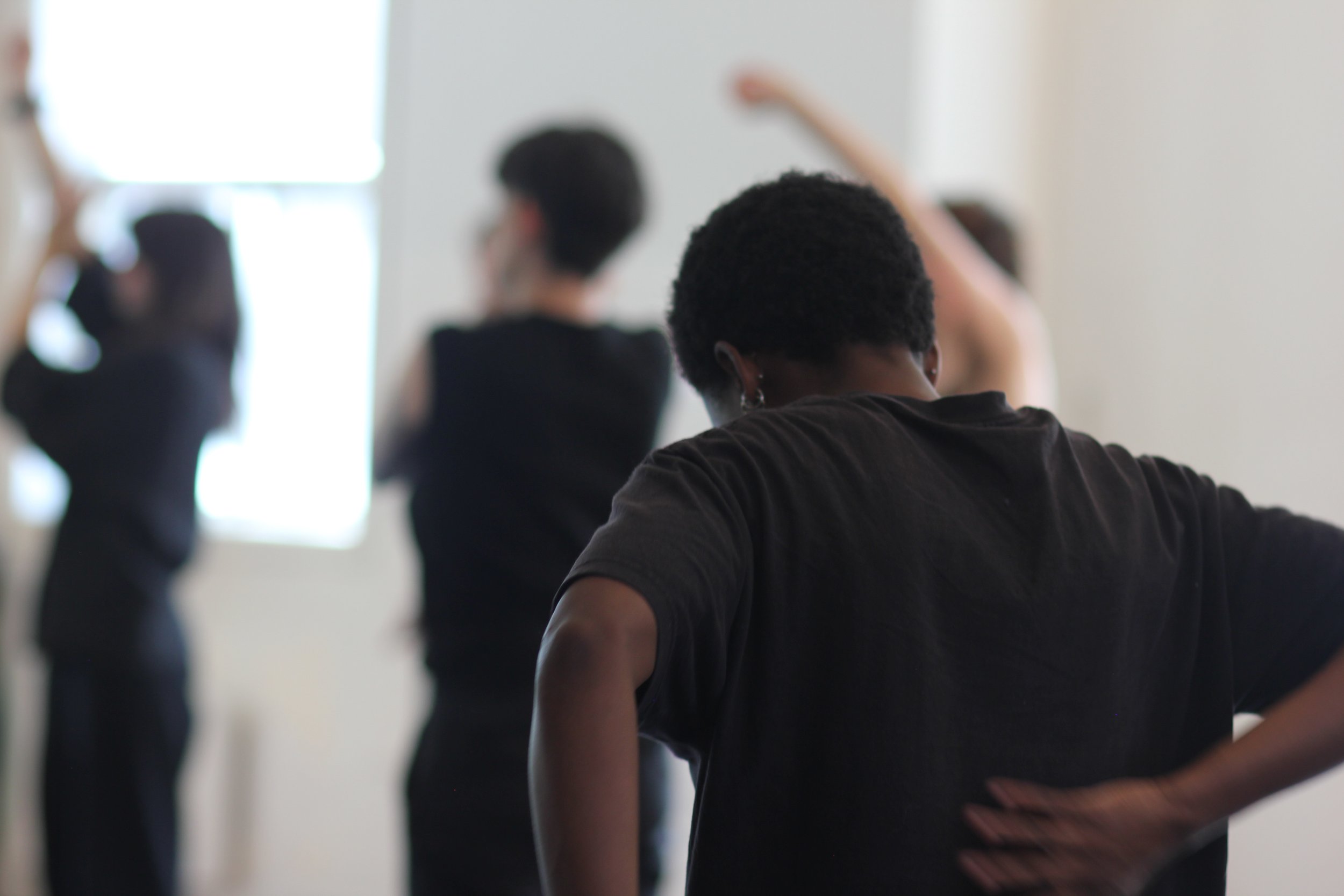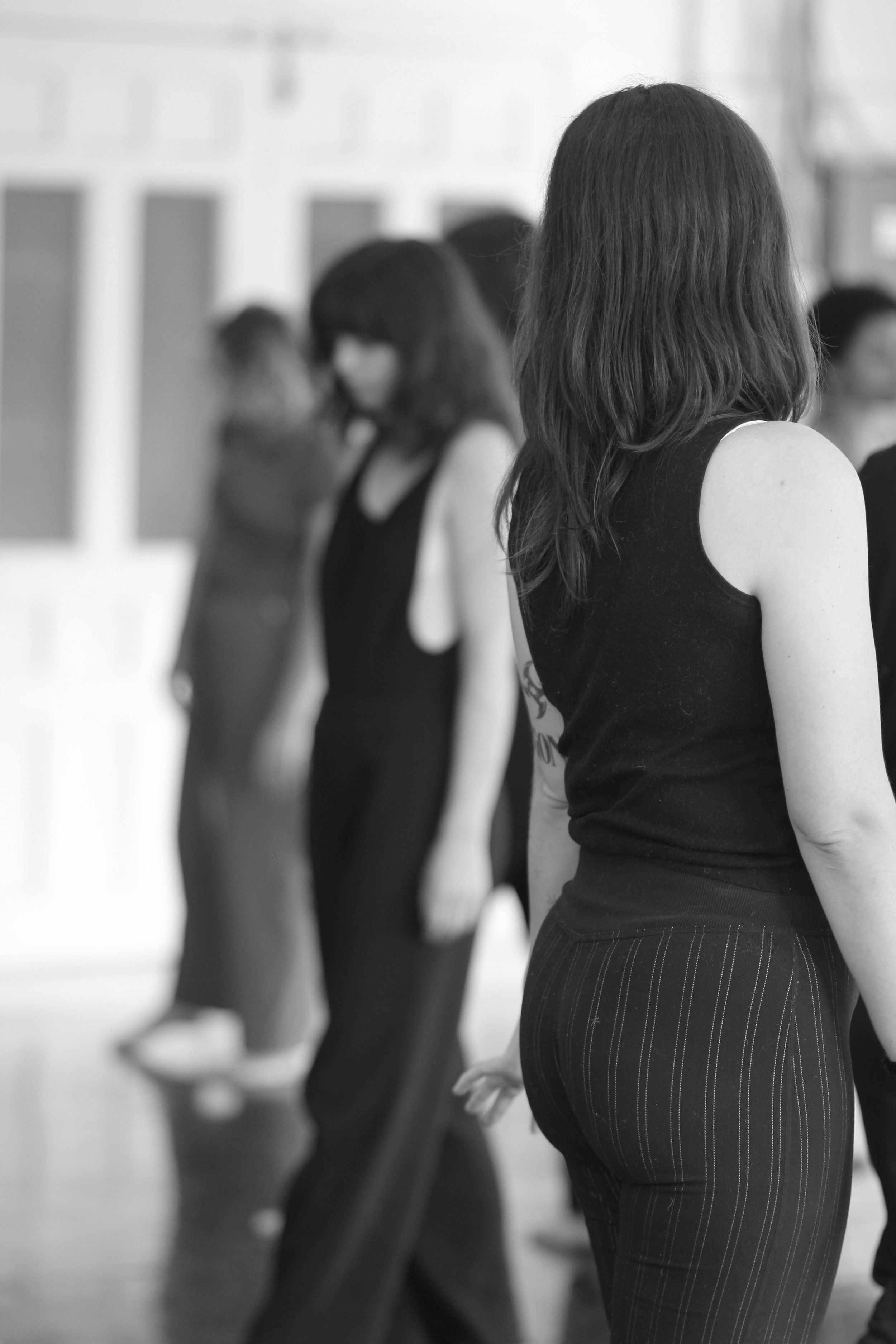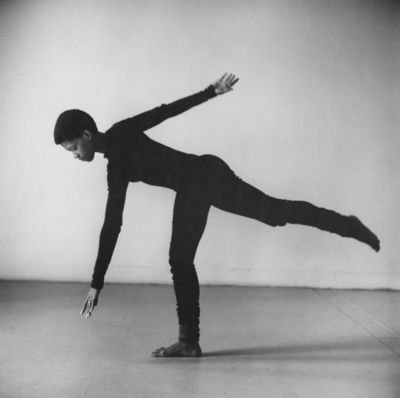
Intuitive Practice
About Me
Hi, I’m Erica! I’m based in Montréal and have a background in fine art, archiving, and somatics. I hold a BFA in Visual Art from Concordia University, where I integrated somatic principles into my artwork, and I’m currently pursuing a Master’s in Information Studies at McGill University. I’m also a Certified Trauma Coach™ through the Aura Institute with proficiency in Somatic Therapy, MBSR, and Biodynamic Breathwork. My creative practice blends these disciplines, focusing on somatics and nature through documentation, gestural mapping, and movement.
My work bridges the intersection of art and therapy, exploring somatics through drawing and conceptual performance that captures bodily sensations, sound, and nature. After completing my BFA, I pursued independent somatic studies and expanded my creative work in visual art and archiving. I also completed multiple trauma-informed mindfulness and somatic-based programs.
My work in somatics, movement meditation, and intuitive movement comes together in what I call Intuitive Practice. This approach is centred on individual experience, with guided suggestions, and prompts.
-
My interest in somatic practices began in childhood, introduced through movement meditation by my mother to help with my anxiety and to connect to my inner self. This early exposure grew into a deeper understanding through formal training and mentorship. My approach integrates the teachings and methodologies from my training like Somatic Experiencing and Mindfulness-Based Stress Reduction (MBSR), influenced by my teachers Sarah Kinsley, and Hala Khouri.
Trauma often remains unresolved when the fight-or-flight response isn’t completed, leading to nervous system dysregulation. Engaging the impulsive, emotional, and rational parts of the brain is essential in healing trauma, which is why somatic practices are particularly effective.
In my workshops, I guide participants through somatic-based movement and vocal explorations, inviting them to express themselves and explore their impulses while grounding in the present moment.
-
I love personalized rituals and practices, acknowledging that what benefits one person may differ from another. With that in mind, I offer a range of options to help individuals discover what resonates and feels beneficial in their bodies. Rooted in a body-first perspective, my approach prioritizes choice, and collaboration, and values mutual learning, where everyone's wisdom contributes to our shared experience.
My Approach is Guided by These Core Principles:
Trauma-Informed: Creating a foundation of safety, trust, and empowerment.
Choice and Options: Offering autonomy and choice in movement and expression.
Embodied Practices: Fostering a deep connection with bodily sensations.
Integration of Methodologies: Combining Somatic Experiencing, MBSR, Biodynamic Breathwork, and intuitive movement.
Mindfulness-Based: Cultivating presence and awareness in each practice.
-
Somatics is a holistic approach to enhancing the body-mind connection through heightened awareness of physical sensations and emotions. The term "somatics," rooted in the Greek word "soma" (meaning body), involves practices that integrate mindfulness with body awareness. This connection to our internal experience is intrinsic to being human and, with today’s vocabulary and tools, we can better understand the neurological benefits of these practices.
The somatic approach emphasizes body-first, bottom-up processing.
Mindfulness, integral to somatic practices. Mindfulness is the practice of fully focusing on the present moment with awareness and non-judgment. This concept stems from diverse traditions such as Buddhism, Hinduism, and Indigenous practices, which incorporate it in both secular and non-secular ways. Contemporary therapeutic interventions like MBSR, MBCT, and Somatic Experiencing also build on this mind-body link. By using body awareness and mindfulness, somatic practices help regulate the limbic system, activate the vagus nerve, and manage stress responses, bridging physical sensations with emotional experiences.
Key Principles
Mindfulness: Cultivating awareness of bodily sensations and movements.
Embodiment: Focusing on internal experience rather than outward appearance.
Integration: Merging movement, bodywork, and psychotherapy for holistic healing.
Benefits of Somatic Practices
Emotional or psychological stress often manifests as tension in the body. Over time, this can lead to both physical and emotional discomfort, increasing stress and affecting emotional regulation. Trauma can disrupt brain chemistry, alter hormones, and accelerate the survival response, causing nervous system dysregulation.
Somatic practices are powerful tools for managing stress and discomfort. They help regulate the nervous system, release pent-up emotions, manage chronic pain through mindfulness, and deepen awareness of internal signals. By connecting with the body’s primal responses, somatics helps to balance the limbic system, activate the vagus nerve, and better manage stress.
Practical Applications
Movement-Based Practices: Incorporating yoga, tai chi, dance, and grounding exercises.
Breathwork: Engaging in mindful breathing techniques.
Body Scanning: Bringing attention to and releasing tension in different areas of the body.
For More Information, Check out these resources:
The Pocket Guide to the Polyvagal Theory by Stephen Porges
Waking the Tiger by Peter Levine
How to build somatic and nervous system capacity (Video - Irene Lyron)
An Introduction to Somatic Experiencing (Video - Somatic Experiencing International)




















